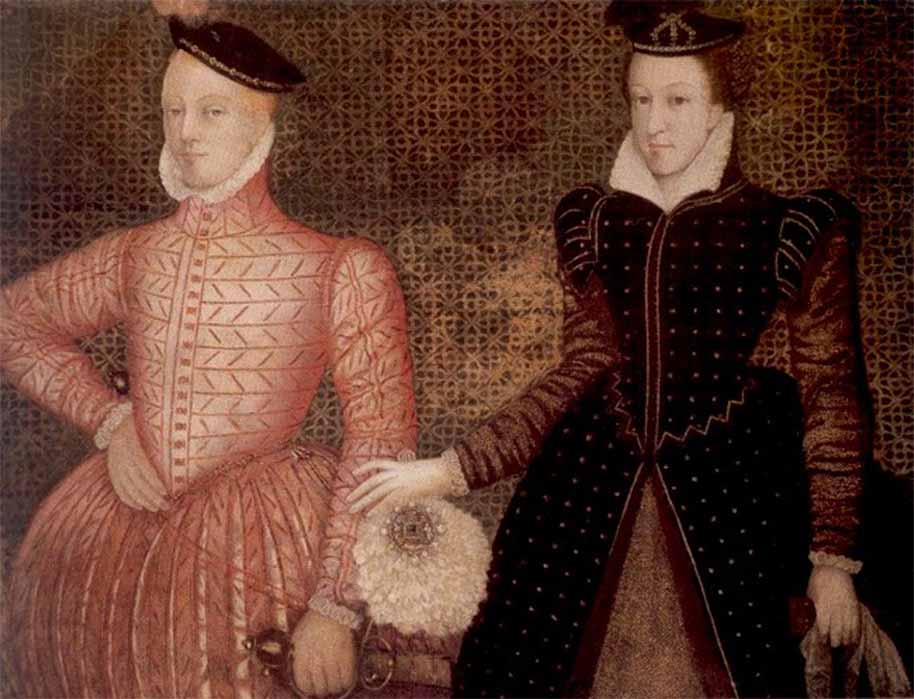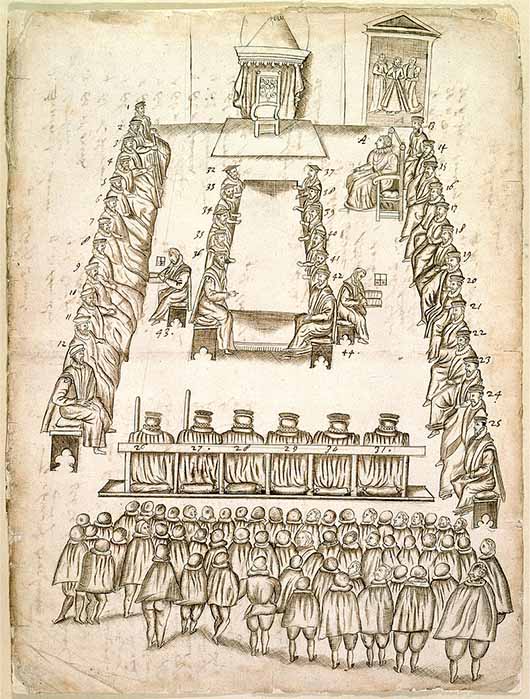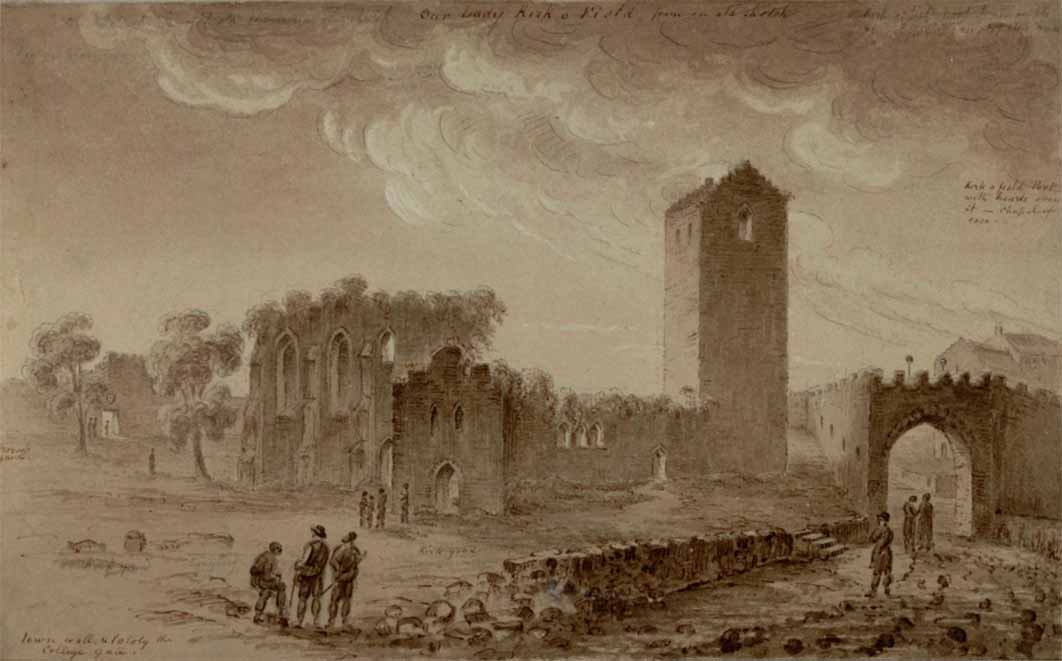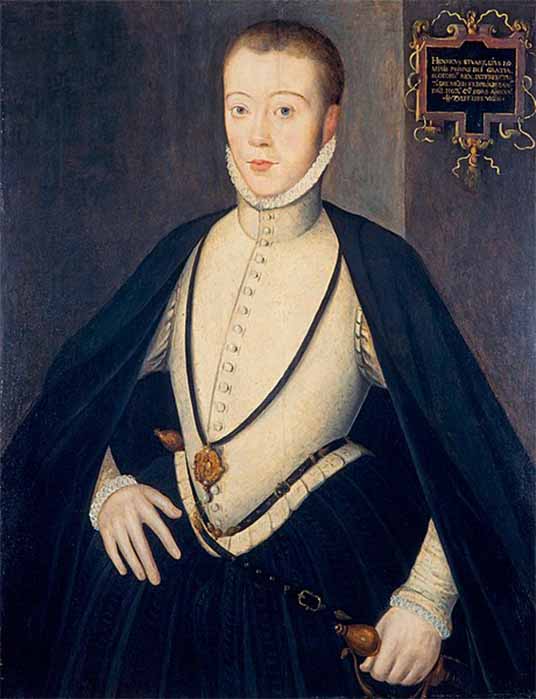
In Search Of The Murder Scene Of Lord Darnley, Spouse Of Mary Queen Of Scots
Letters previously thought to have been Italian texts from the 16th century, turned out to be written by Mary Queen of Scotts, when she was held prisoner by her cousin, Queen Elizabeth I. This remarkable discovery was made in February 2023, by a team of codebreakers, cryptographer George Lasry, Professor Norbert Bierman, and Satioshi Tomokiyo, a physicist and patent expert, in the French National Library. The 57 letters date from the period 1578 - 1585. By the time Mary was writing these letters she had been in captivity for some years and she would remain so for 19 years in total until her execution on February 8, 1587 at Fotheringhay Castle.

The trial of Mary, Queen of Scots, 14–15 October 1586, in the great hall of Fotheringhay Castle, Northamptonshire, where she was later beheaded. British Library (CC0)
Mary has long been a controversial figure and these letters, which speak of her health issues, the circumstances of her captivity, her ongoing negotiations with Elizabeth I and her pain at being separated from her son who had been removed from her care as a year-old infant, also reveal that Mary both plotted to secure her freedom and attempted to bribe Elizabeth’s officials. Some argue that Mary was an innocent martyr, a victim of circumstance, others that she deserved her fate as she was a traitor to England and her queen. The truth, as always, lies somewhere in the middle, but there is one event that has forever condemned Mary in many people's eyes, both in the 1500’s and ever since: The murder of her second husband Lord Darnley at Kirk o’ Field in Edinburgh. (The Collegiate Church of St Mary in the Fields was commonly known as Kirk o' Field).

Illustration of Kirk o’ Field, Edinburgh by James Skene of Rubislaw, created around two centuries after the demolition of the buildings (1827) (Public Domain)
A Perfect Political Match
Mary Queen of Scots married Henry Stuart, Lord Darnley on July 29, 1565 in Mary’s private chapel at Holyrood Palace. The two had only properly met in February when Darnley had travelled north and was presented to her at Wemyss Castle. Mary apparently called him the “lustiest and best proportioned long man that she had ever seen.” Darnley was the son of Mathew Stuart the Earl of Lennox and his wife Lady Margaret Douglas, and he was a maternal grandson of Margaret Tudor, daughter of King Henry VII of England, who had married James IV of Scotland. As the grandson of Henry VII, and cousin to Henry VIII and as a great-great-great grandson of James II of Scotland, he had claims to both the thrones of England and Scotland, something which no doubt helped to make him an attractive prospect to Mary.

A dashing Lord Darnley, Consort of Mary, Queen of Scots (1564) National Galleries of Scotland (Public Domain)
The Queen of Scots was quickly smitten with Darnley who danced with her on February 25. By May their attachment was the talk of all the courts of Europe and Mary made Darnley a knight, Lord of Ardmarnoch and the Earl of Ross, affording him sufficient rank, and personal income in his own right, to marry her. Meanwhile, in England an infuriated Queen Elizabeth I demanded that Darnley return to England and explain himself. Elizabeth was all too well aware of the dangers that such a marriage would pose to her position, as it would greatly strengthen both Mary and Darnley’s claims to the throne of England. Her entreaties were to no avail and on July 22, Darnley was made Duke of Albany and the marriage banns were read. Mary, it seems had also determined that they would jointly rule and coins were minted bearing both of their names.




